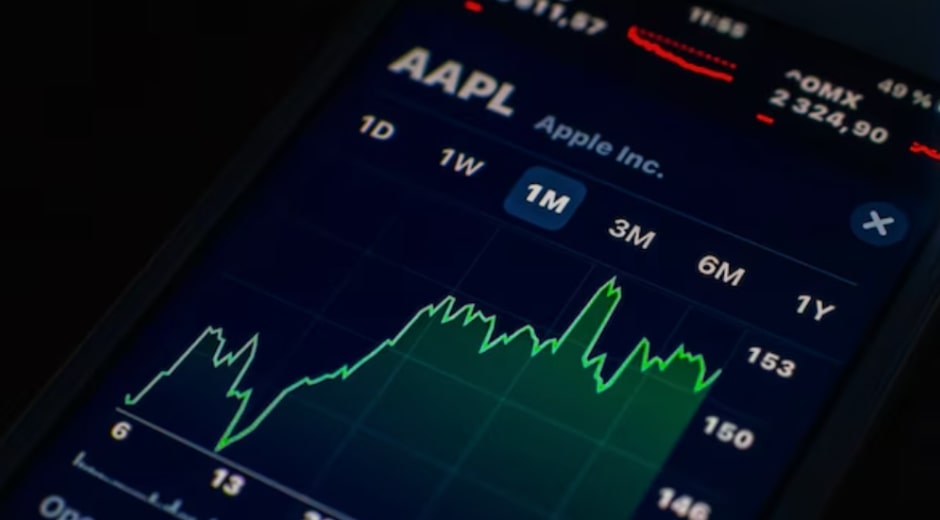Investing in Disruption: Stocks Poised for the Next Big Leap
Technology-driven disruption is reshaping industries at a breakneck pace. From artificial intelligence to renewable energy and fintech, companies innovating in these spaces are redefining how business is done — and creating massive wealth for investors who position themselves early.
But with disruption comes complexity and risk. Not every innovative stock will thrive, and navigating this fast-changing landscape requires a deep understanding of where true breakthroughs lie.
Here’s a detailed look at five key areas where disruption is driving the next big leap in stocks — and what investors should watch for.
The New Wave of Disruption
Disruptive innovation isn’t just about new gadgets. It’s about companies fundamentally changing existing markets or creating entirely new ones. Think Tesla’s transformation of the auto industry or Amazon’s reinvention of retail.
Investors who spot these trends early often enjoy outsized gains. However, they must also be prepared for volatility and uncertainty as new technologies battle for dominance.
1. Artificial Intelligence: The Backbone of Future Growth
AI has moved from niche to necessity across sectors like healthcare, finance, and manufacturing.
Why it matters:
AI powers automation, cost savings, and data-driven decision-making.
Companies integrating AI effectively gain competitive advantage.
AI hardware makers, like chip manufacturers, benefit from surging demand.
Risks:
Ethical concerns and regulation could impact adoption.
Market hype might outpace realistic growth, leading to corrections.
Example:
Nvidia, a leader in AI chips, has seen its stock soar alongside AI adoption, supported by landmark partnerships like the Nvidia-OpenAI mega-deal.
2. Renewable Energy: Powering the Green Economy
As governments push carbon neutrality goals, renewables are rapidly expanding, making related stocks attractive.
Why it matters:
Solar, wind, and battery tech investments are skyrocketing.
Energy storage breakthroughs are solving intermittency issues.
Policy support drives long-term demand.
Risks:
Infrastructure and raw material bottlenecks.
Competition from traditional energy players.
Example:
Companies like NextEra Energy and Tesla (with its battery tech) are at the forefront of this wave, though supply chain challenges can impact performance.
3. Fintech: Redefining Finance and Payments
Digital payments, blockchain, and online lending are transforming financial services.
Why it matters:
Growing adoption of mobile banking and cashless transactions.
Decentralized finance (DeFi) introduces new investment models.
Big tech and startups alike are competing for market share.
Risks:
Regulatory uncertainty around cryptocurrencies and DeFi.
Cybersecurity threats.
Example:
PayPal and Square (Block) have capitalized on this trend, though the landscape remains competitive and volatile.
4. Healthcare Innovation: Personalized and Preventive Medicine
Biotech and healthtech companies are innovating treatments and diagnostics like never before.
Why it matters:
Advances in gene editing, AI diagnostics, and telehealth.
Aging populations increase demand for innovative care.
Venture capital flowing into startups fuels growth.
Risks:
High R&D costs and regulatory approval risks.
Market competition from established pharma giants.
Example:
Companies like Moderna and CRISPR Therapeutics illustrate the promise and risks of biotech disruption.
5. Electric Vehicles and Autonomous Driving
EVs and self-driving technology continue to challenge traditional automakers.
Why it matters:
EV adoption surging globally due to policy and consumer demand.
Autonomous tech could revolutionize transport logistics and safety.
Battery tech advances critical to growth.
Risks:
Supply chain constraints on batteries and chips.
Regulatory and safety hurdles for autonomous vehicles.
Example:
Tesla remains the dominant EV stock, but legacy automakers and new entrants like Rivian add competitive pressure.
Conclusion: Strategies for Investing in Disruption
Disruptive stocks offer huge growth potential but come with volatility and uncertainty. Here’s what investors should keep in mind:
Diversify across sectors: Don’t put all your eggs in one disruptive basket. Spread investments across AI, energy, fintech, healthcare, and EVs.
Focus on fundamentals: Look for companies with solid balance sheets and clear paths to profitability.
Stay informed on policy: Government regulations can make or break disruptive sectors.
Be patient: Disruption takes time — expect bumps and corrections.
Investing in disruption means riding the wave of innovation while navigating risks with care. For those who can balance vision with prudence, the next big leap could unlock transformative gains.
Education Made Simple

Commodities Unlocked: Why Gold, Oil, and More Still Matter in Modern Portfolios
Discover how exchange-traded funds (ETFs) are revolutionizing investing. Learn about thematic ETFs, diversification, risk factors, and strategies for smarter portfolio building.

Crypto Reimagined: How Digital Assets Are Reshaping Global Finance
Discover how exchange-traded funds (ETFs) are revolutionizing investing. Learn about thematic ETFs, diversification, risk factors, and strategies for smarter portfolio building.

ETFs Uncovered: How Exchange-Traded Funds Are Changing Investing 2025
Discover how exchange-traded funds (ETFs) are revolutionizing investing. Learn about thematic ETFs, diversification, risk factors, and strategies for smarter portfolio building.

Investing in Disruption: Stocks Poised for the Next Big Leap
In a landmark move for the AI industry, Nvidia and OpenAI have announced a $100 billion strategic partnership to build at least 10 gigawatts of AI data center capacity.










